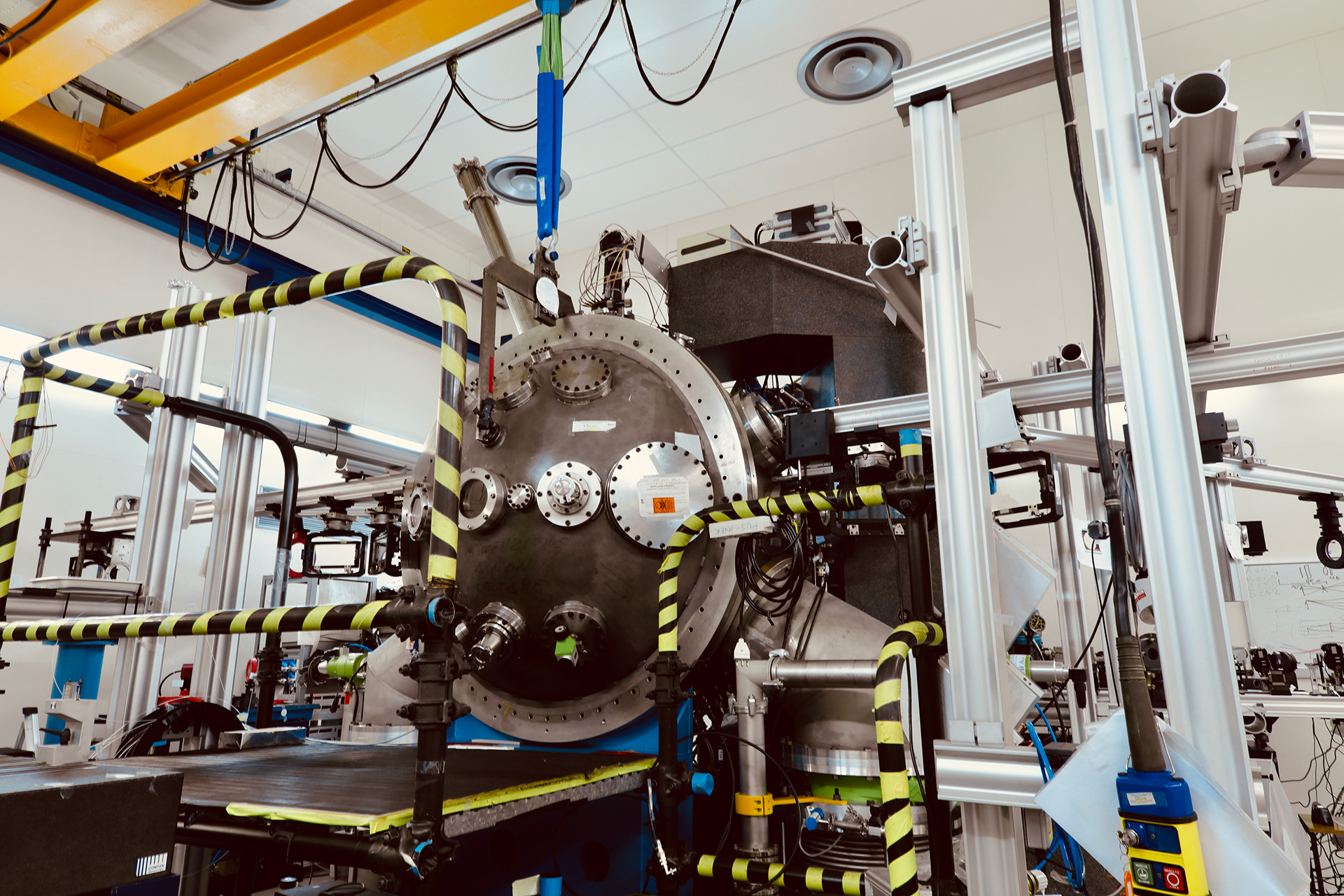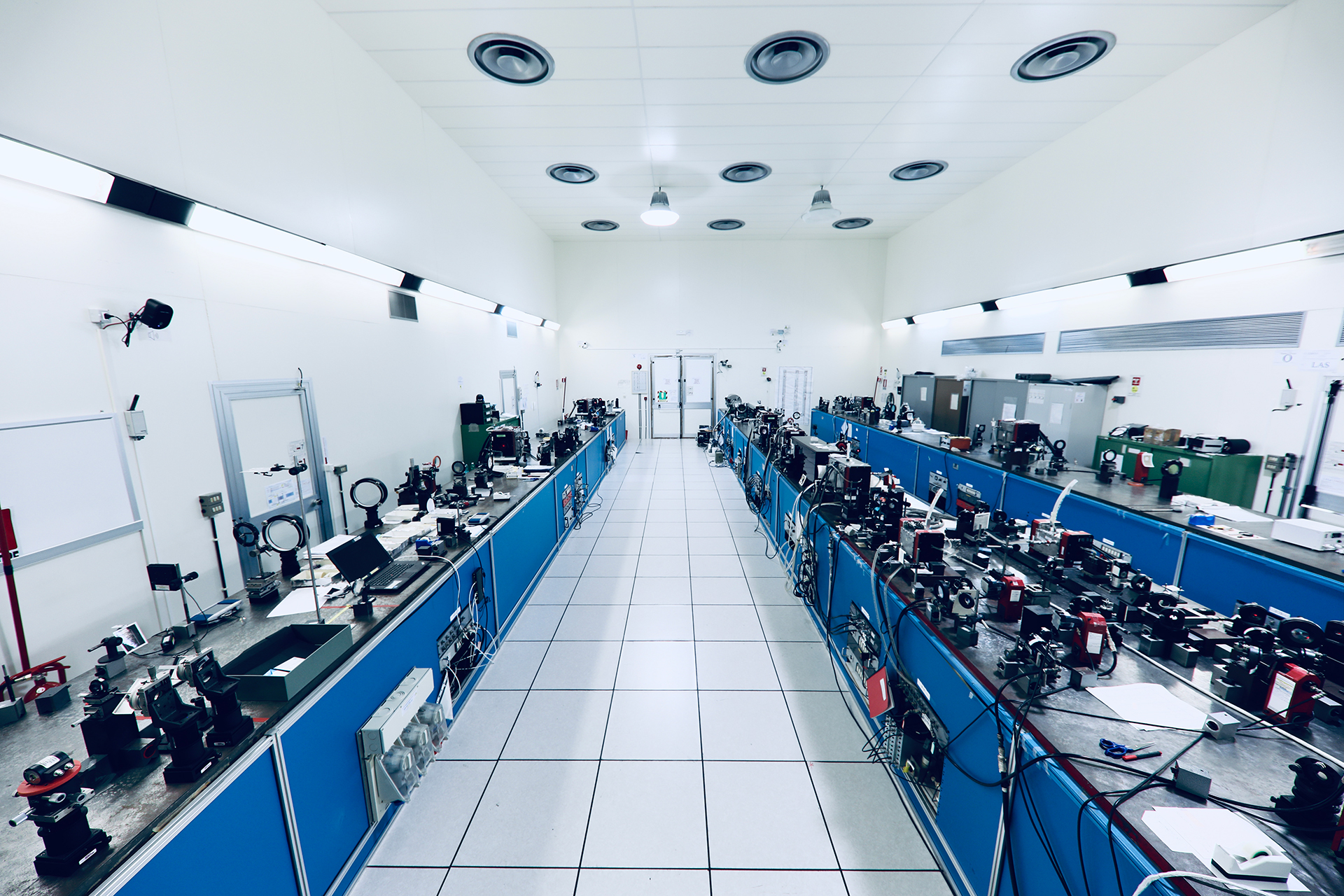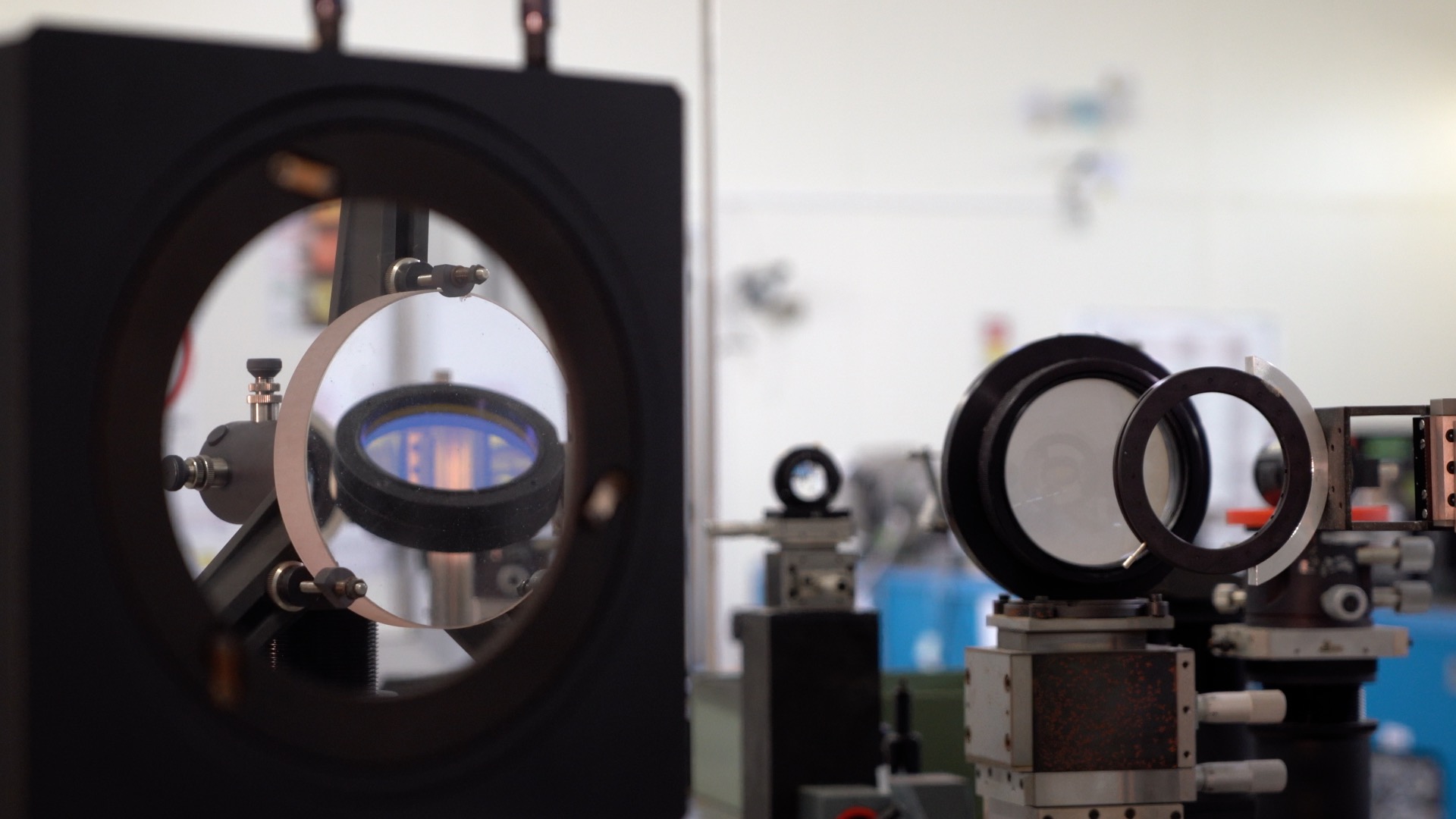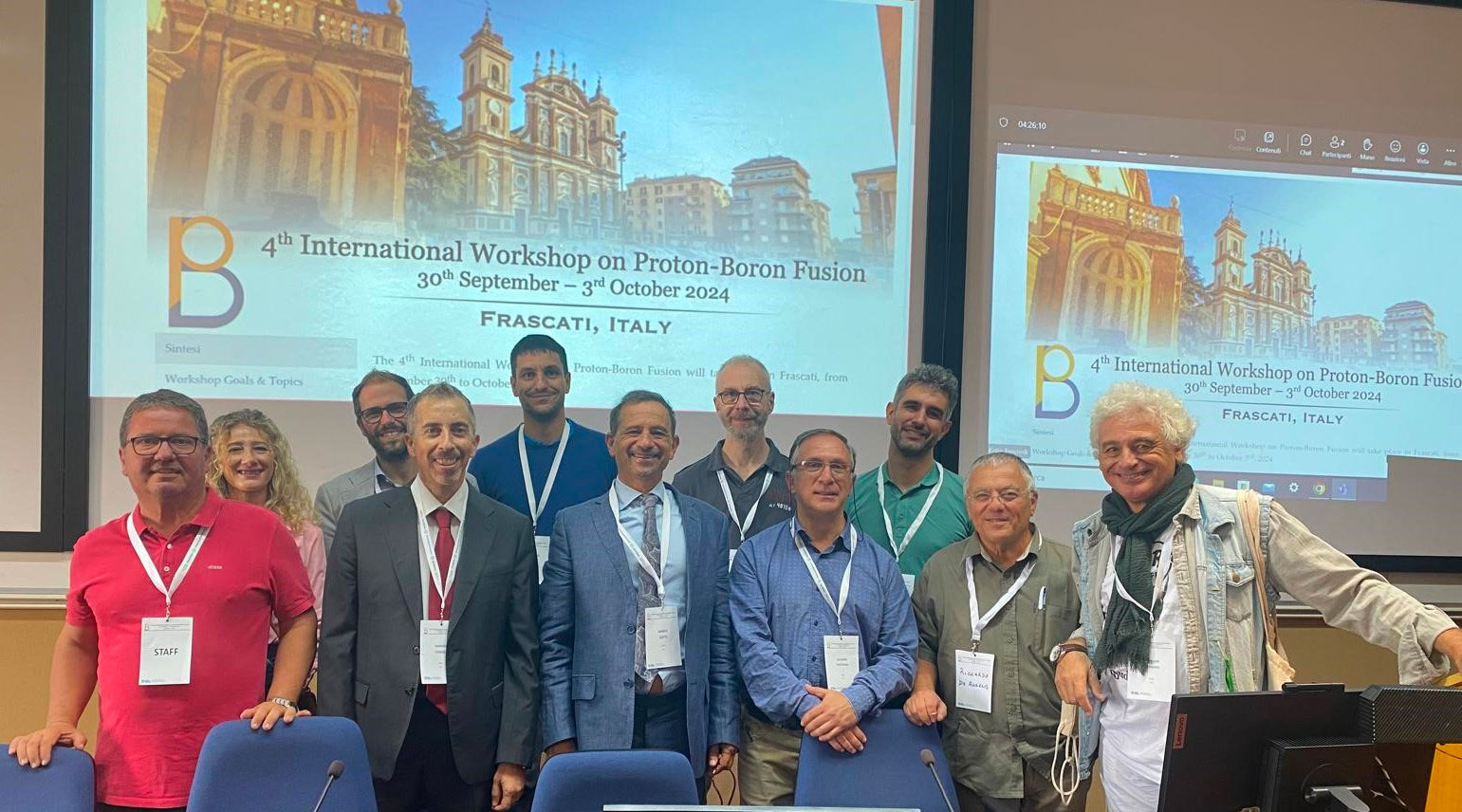Italian National Agency for New Technologies, Energy and Sustainable Economic Development
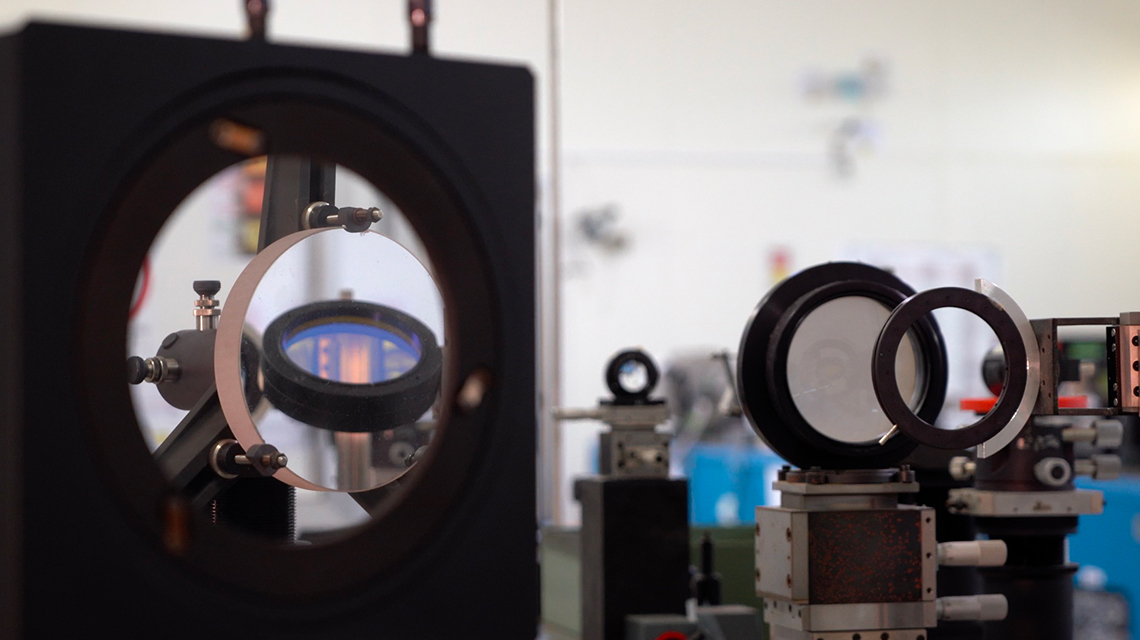
Energy: At ENEA in Frascati the International Workshop on Laser Fusion Without Neutrons
The fourth edition of the International Workshop on Proton Boron Fusion (p-11B) is currently underway at ENEA in Frascati. This is the most important global conference in the field of inertial fusion research that occurs between a proton and a boron atom, without the emission of neutrons. The event has brought together representatives of the global scientific community to discuss the progress related to p-11B fusion reactions triggered by lasers, current physics issues, technological challenges, potential future steps and to identify new potential funding pathways.
For over 15 years, ENEA has been at the forefront of these studies, thanks to its high-level expertise, many years of professionalism, and the ABC Laser facility, operational at the Frascati Research Center. This facility can generate the highest energy laser pulses among Italian laser facilities. The infrastructure is involved in numerous international research activities, in collaboration with high-power European laser facilities and various Italian and foreign institutes.
The main path towards nuclear fusion is based on the reaction between the nuclei of deuterium (D) and tritium (T) - isotopes of hydrogen - which produce a helium nucleus (alpha particle) and a neutron. This process does not create high-activity radioactive waste, but the neutrons “activate” the internal structures of the machine and require large shielding structures. This does not happen in the reaction between a proton, an elementary particle of the atomic nucleus, and a boron nucleus (p-11B), an element widely present on Earth. Their fusion produces only three alpha particles (helium nuclei) that do not cause “activation” and therefore do not pose handling and shielding problems like the DT reaction. Moreover, these reagents are very abundant in nature, widely distributed, particularly economical, and stable, unlike the tritium in the DT reaction, which is radioactive.
“One of the limits of the p-11B reaction is the ignition temperature, which is much higher than that of DT, posing greater difficulties for its exploitation in energy production processes,” highlighted Fabrizio Consoli, chair of the Conference and Head of the Inertial Fusion, Plasmas, and Interdisciplinary Experiments Laboratory at ENEA. “However, in the last twenty years, significant progress in laser schemes, materials, and diagnostics has led to a great increase in the number of reactions produced. Experiments are underway to explore in detail the possibility of increasing its efficiency, both for energy purposes and other applications, such as medical ones.”

